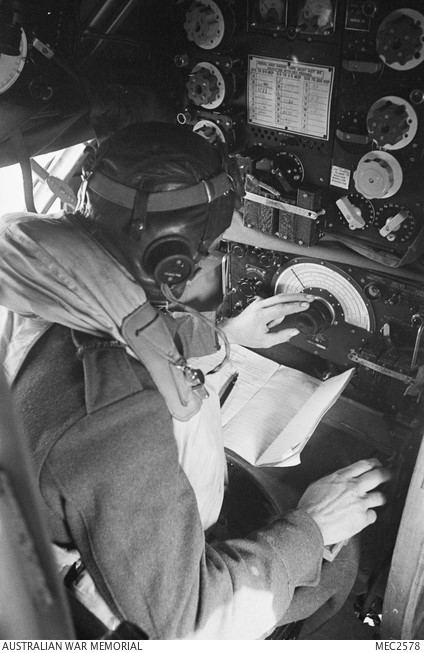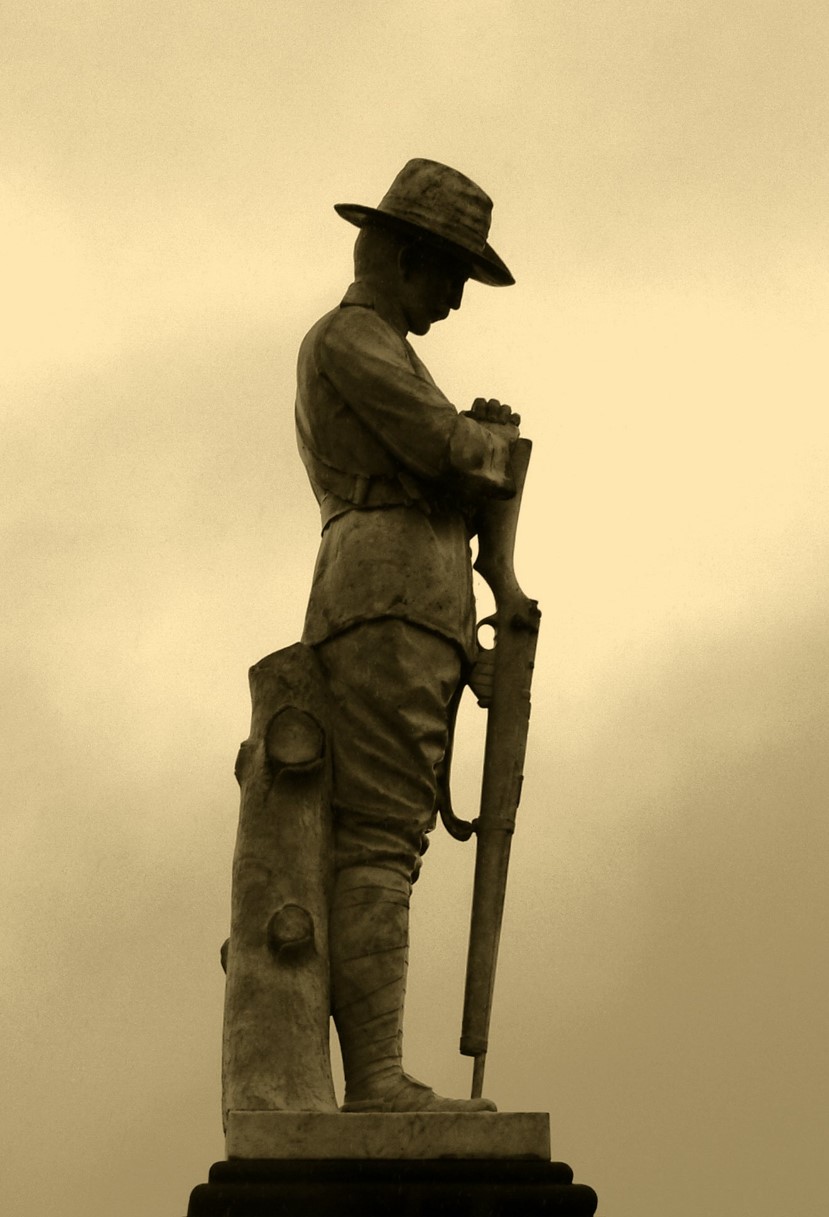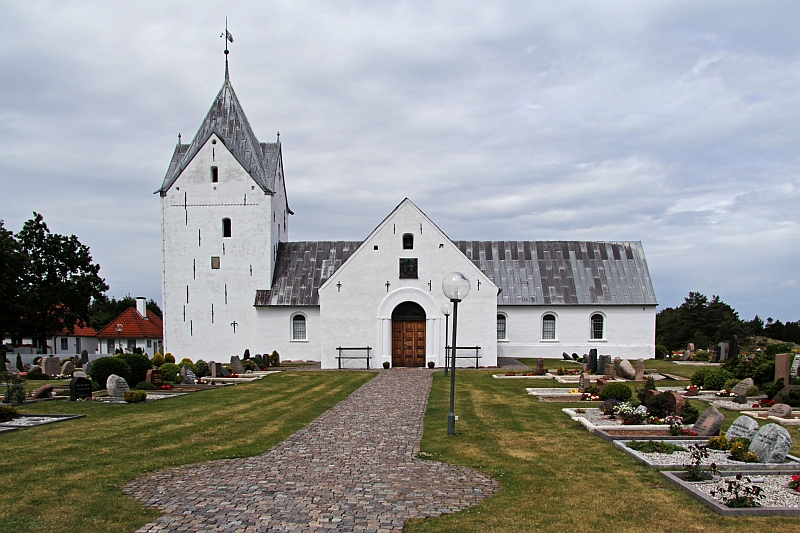Sergeant John Edward Hobgen, the son of Thomas Hobgen and Daisy Adelaide Hobgen (nee Cunnah) was born at Chester, Cheshire, in England on 2nd April 1922. He was educated at the Southport State and High Schools in 1935 and 1936 and at the Toowoomba Grammar School during the Years 1937 and 1935 where he passed the Queensland University Junior Public Examination in December 1938. He served with the Grammar School cadets for two years and for 10 months with the 26th Battalion Infantry Battalion and one and a half years with the Australian Corps of Signals with A Company, Garrison Battalion, Cowan Cowan, Morten Island, Queensland. After leaving school he was employed as a Junior Radio Mechanic with Bush & Company Radio Engineers, Queen Street, Brisbane. He applied for aircrew training in the Royal Australian Air Force on 17th January 1940. He was enrolled into the Reserve of the R.A.A.F. on 20th April 1940 after swearing an Oath of Affirmation. At the age of 18 years he was enlisted into the Citizen Air Force of the R.A.A.F. at No. 3 Recruiting Centre in Brisbane on 11th October 1940 after giving a commitment that he would serve for the duration of the war and an additional twelve months. His physical description at the time of his enlistment was that he was 5 feet 11 inches in height and weighed 129 pounds. He had a fair complexion, grey eyes and brown hair. He stated that he was of the Church of England religion. He gave his next of kin as his father, Mr Thomas Hobgen residing at “Sidlesham”, Curlew Street, Toowong, Brisbane.
Sergeant John Hobgen joined No. 2 Initial Training School at Bradfield Park in Sydney on 14th October 1940. He joined No. Embarkation Depot at Bradfield Park on 9th November 1940 to prepare for overseas service on attachment to the Royal Canadian Air Force. He embarked by sea transport from Sydney on 19th November 1940 and disembarked in Canada on 23rd December 1940. He joined No. 2 Wireless School Royal Canadian Air Force Station Lincoln Park at Calgary on 24th December 1940. He joined No. 2 Bombing and Gunnery School at Mossbank in Saskatchewan on 23rd May 1941. He was awarded the Wireless Operator/Air Gunner Qualification Badge and promoted to the rank of Temporary Sergeant on 23rd June 1941. He joined No. 1 (M) Depot at Halifax in Nova Scotia on 25th June 1941 to prepare for overseas service in the United Kingdom on attachment to the Royal Air Force. He embarked from Canada on 6th July 1941 and disembarked in England on 29th July 1941 where he joined No. 3 Personnel Despatch and Reception Centre at Bournemouth later that day. He attended No. 2 Signal School at Yatesbury on 6th August 1941 and joined No. 20 Operational Training Unit at Royal Air Force Station Lossiemouth on 23rd September 1941 where aircrew were trained for night bombing using Vickers Wellington aircraft. He joined No. 12 Squadron Royal Air Force at Binbrook in Lincolnshire for operational duties on 25th March 1942.
Sergeant John Hobgen was a Wireless Operator/Air Gunner and crew member of Wellington Bomber W.5574 that went missing on air operations over the target on the night of 8th/9th May 1942. The aircraft took off from Binbrook at 22.14 hours on 8th May 1942 and was detailed to attack the Aircraft Assembly Works East of Warnemunde. A message was received from the Captain of the aircraft when close to enemy territory to the effect that it had engine trouble and he, the captain, was proceeding to nearest land where he and crew could bale out. Nothing further was heard from the aircraft. Information from German sources received by the International Red Cross Committee at Geneva stated that John Hobgen’s body was washed ashore on 12th October at Isle Roem on the west coast of Denmark and buried on 14th October 1942 in Cemetery Kirkeby, Isle Roem.
Sergeant John Hobgen’s name is commemorated on Panel No. 124 at the Australian War Memorial in Canberra and locally on the Toowoomba Grammar School WW2 Honour Board.
Mrs P.E. Ifould wrote the following letter to the Director of the War Graves Commission in Canberra:
I am enclosing an extract of a letter from my daughter dated 29th July 1965 from Romo, Denmark, for your information and any necessary action you consider required, as I feel sure the contents will interest you.
Extract of letter from Miss Phillipa Ifould to her mother, Mrs P.E. Ifould, dated 29th July 1965 from Romo, Denmark.
“I went to the bank to change a traveller’s cheque and a middle-aged woman, bubbling over with friendliness, asked me if I was Australian – actually she said ‘Dinkum Aussie’. She had seen the flag on my bike. After I left the bank and was riding past the local church, the same woman came running out onto the road and waved madly for me to stop. “I thought you ought to know that there are some Australians in the grave yard”. So I thanked her very much and was taken on a conducted tour of the museum like grave yard by this extraordinary woman. There were four Australian airforce men who had been washed up on the island shores during the Second War. Two of them are “unknown warriors”, the others – Sergeant J.E. Hobgen aged 20 (No. 404621) and Flight Sergeant J.T. Brae (No. 402848). Apparently (as I found out during lunch) this woman’s husband asked the local people how they would feel if the English and Australians came and found their dead just buried in one corner of the graveyard with no headstones or anything. Apparently they bury all bodies that get washed up like this. Anyway Mr Buch (that turned out to be their name Willy and Mariane Buch) paid for beautiful headstones for each one of them, and the Vicar (Peter) dug them up, put them in a coffin and reburied them – must have been an awful job. Mrs Buch keeps the most beautiful wild bluebells and daisies growing all round the stones. I’m sure she would love me to look up the families of these men and tell them how lovingly their graves are being looked after.”
Note
John Hobgen’s father, Major Thomas Hobgen (Q185017), enlisted in the Australian Army on 16th October 1939 and served as a Major at Headquarters of the Queensland Line of Communication Area until 22nd January 1944. A sister, Jane Adelaide Hobgen (101994), served in the Royal Australian Air Force during World War 2 with the Brisbane Wireless/Telegraphic Station. On 23rd March 1948 John Hobgen’s father’s address was later changed to Major T. Hobgen, “Highways”, Springbrook, via Mudgeeraba, Queensland.
John Hobgen’s photograph and the following report appeared in the Telegraph newspaper on Friday, 15th May 1942:
RAAF Man Missing – Sergeant. John Edward Hobgen, youngest son of Major and Mrs. T. Hobgen, of Curlew Street, Toowong, has been reported missing in air operations from England on 8 and 9 May. Twenty years of age, he was educated at the Toowoomba Grammar School, and worked with a radio engineering firm before joining the RAAF in April 1940. He became a wireless operator- air gunner and was trained in Australia, Canada, and England.

Australian War Memorial Photograph MEC2578. A Wireless Air Gunner in a Vickers Wellington aircraft taps out a message.
Toowoomba Grammar School archive records show that he was enrolled as a student on 1st January 1937 and that he left the School on 31st December 1938.
External Links
National Archive of Australia Accident Report
National Archive of Australia RAAF Record




